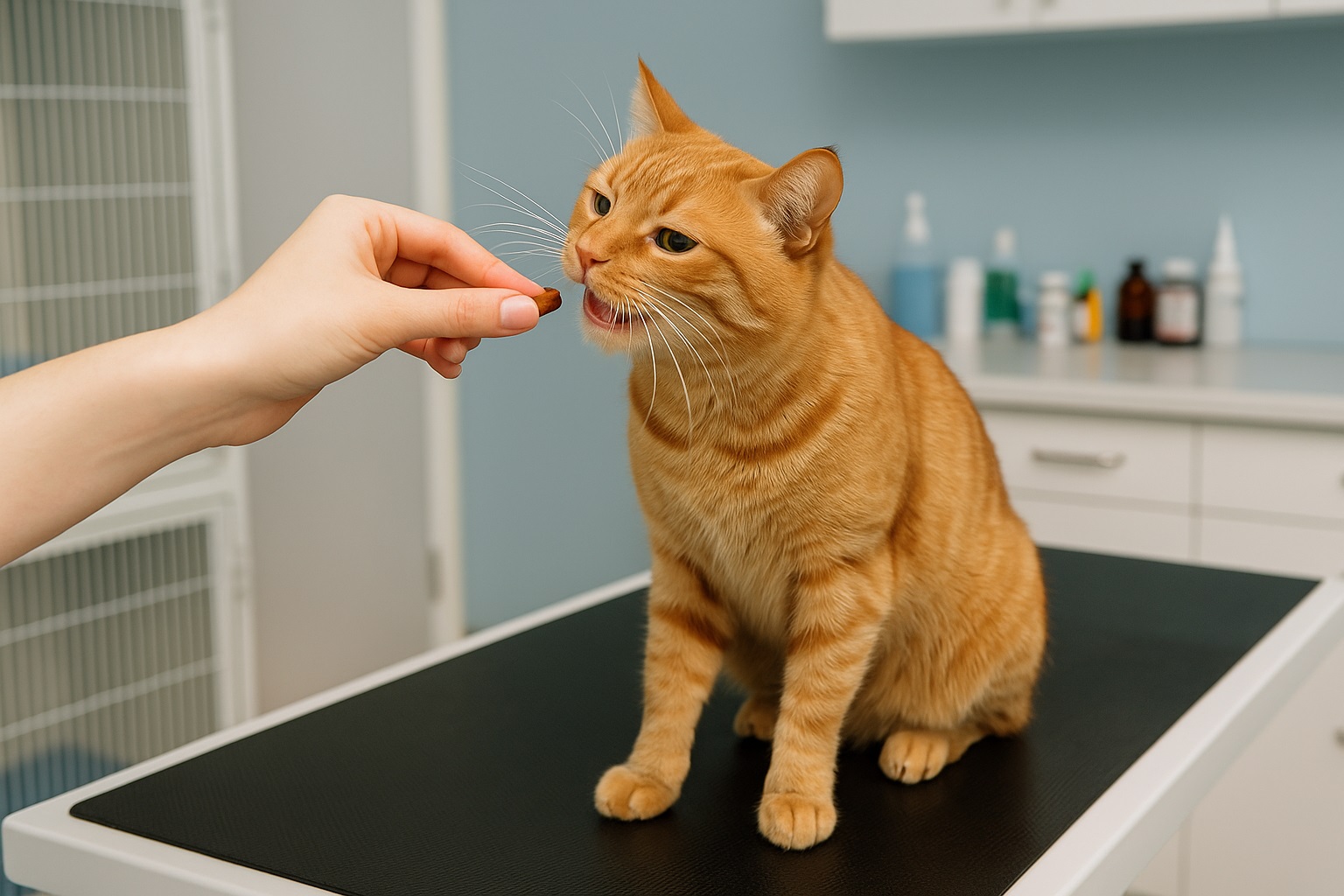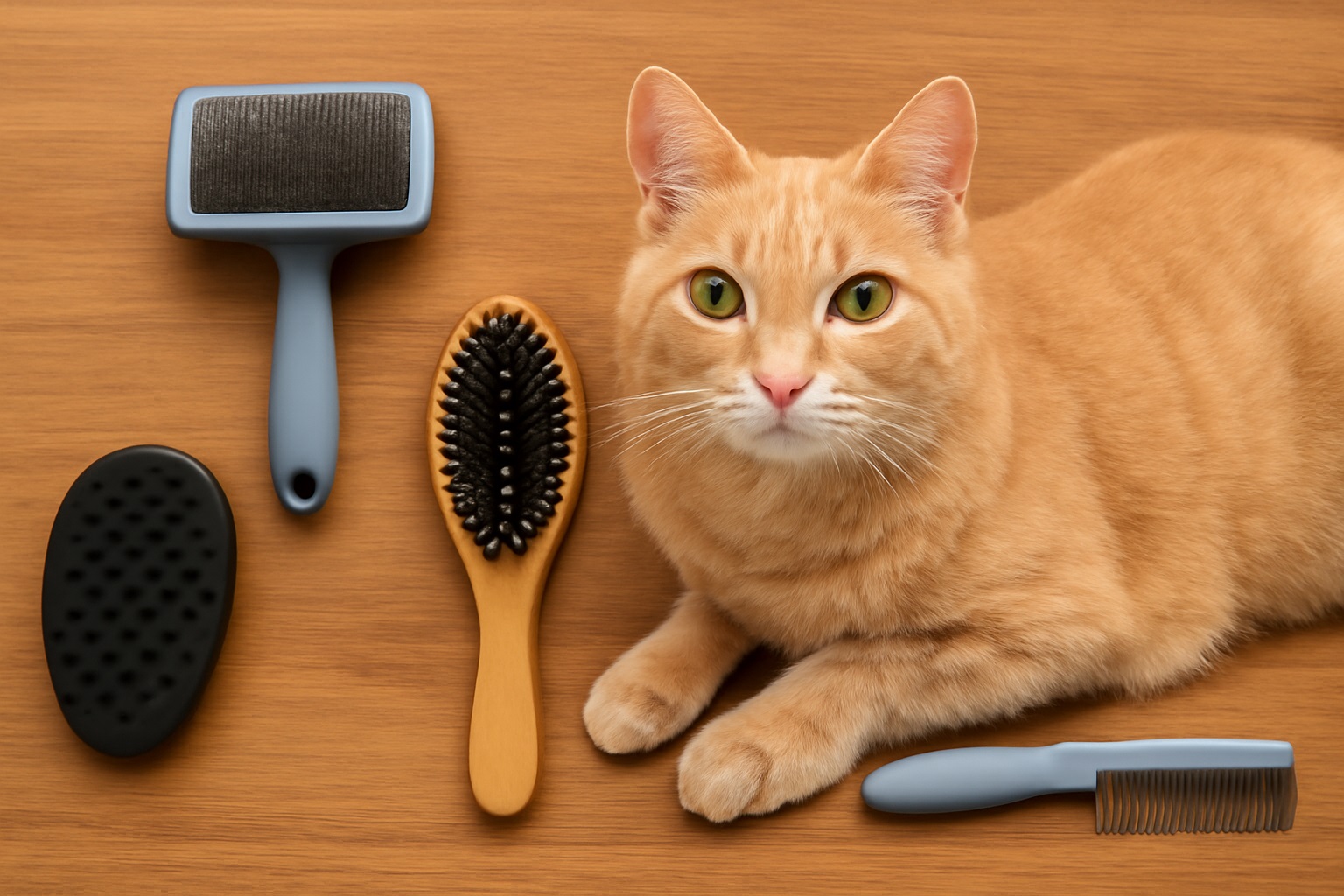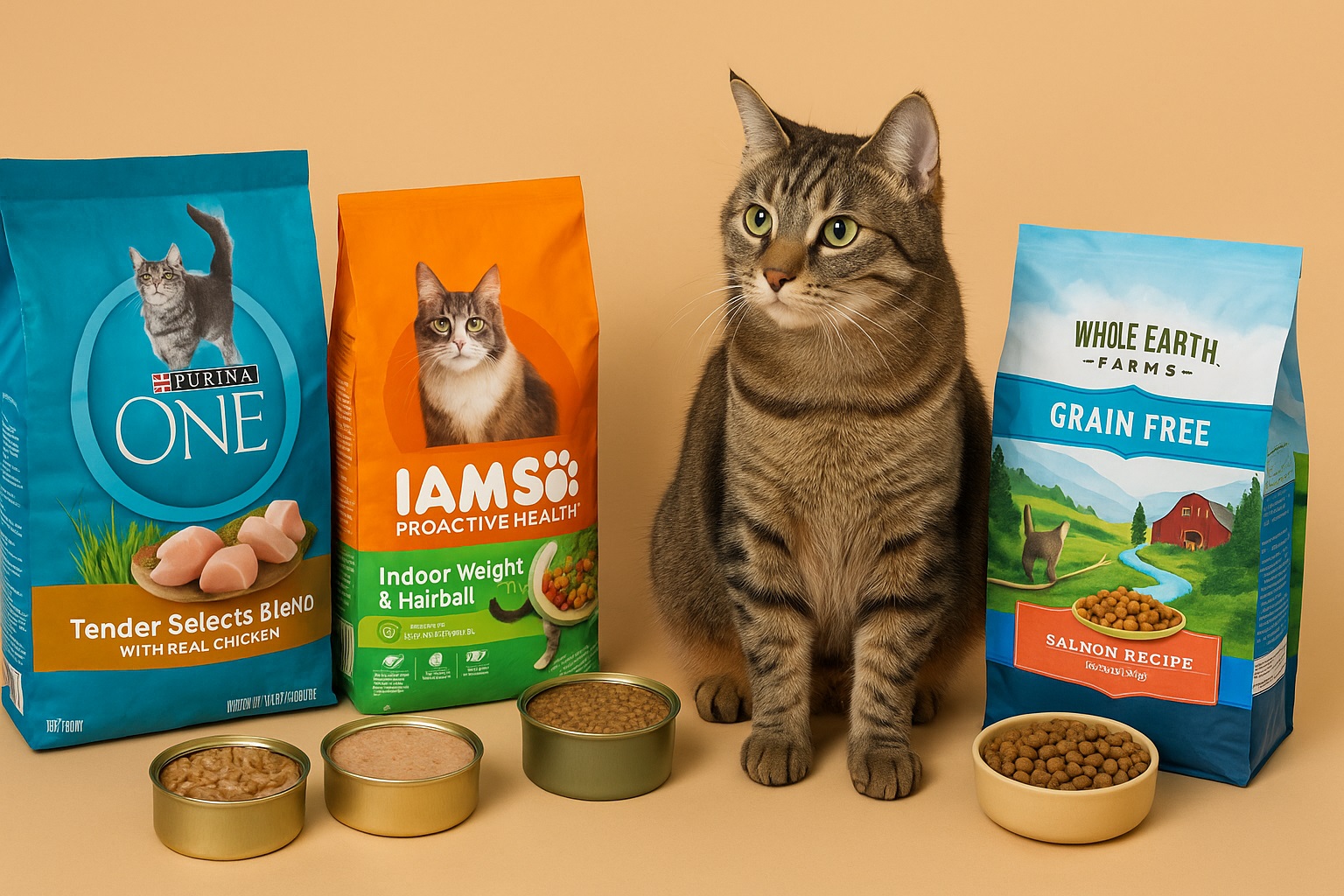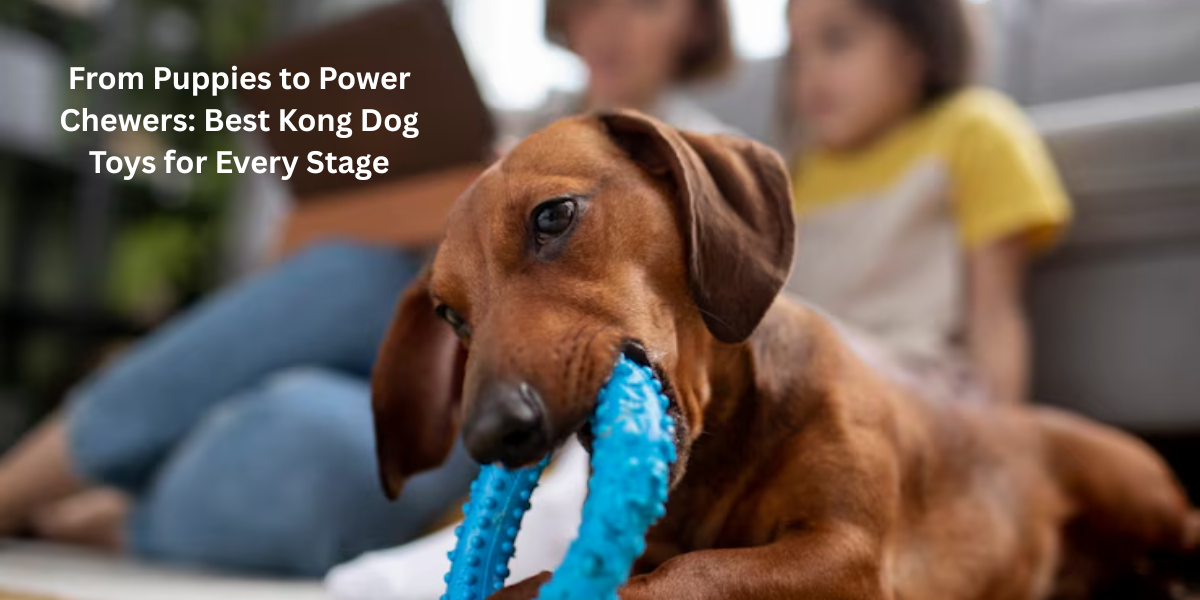Taking your cat to the vet can be a stressful experience—for both of you. From the moment the carrier comes out to the actual visit itself, many cats exhibit signs of anxiety like hiding, vocalizing, or even becoming aggressive. As loving cat parents, it’s only natural to seek solutions that help your furry friend stay relaxed. One surprisingly simple but effective solution? Soft treats.
These tasty morsels are not just about indulgence—they can serve as tools for positive reinforcement, behavior training, and emotional support. In this post, we’ll explore how soft treats can ease your cat’s vet anxiety, how to use them effectively, and what to look for when choosing the right ones.
Why Are Vet Visits So Stressful for Cats?
Cats are creatures of habit, and anything that disrupts their routine—like a car ride, strange smells, or unfamiliar handling—can cause significant stress. Vet visits often involve:
- Transport in a carrier (which many cats associate with negative experiences)
- Exposure to unfamiliar people and animals
- Physical handling that might feel invasive or uncomfortable
Even the sounds and scents at a veterinary clinic can raise a cat’s stress level. When stress isn’t managed, it can lead to hiding behaviors, aggressive reactions, or even long-term fear associations with the vet’s office.
The Role of Positive Reinforcement
One of the most effective ways to help a cat cope with stress is through positive reinforcement. This technique involves rewarding your pet for calm or desired behavior to encourage repeat actions. That’s where soft treats come in.
Soft treats are ideal because:
- They’re easy to chew and swallow, even for older or anxious cats.
- They often have strong aromas that entice cats to eat them, even when stressed.
- They can be given frequently in small amounts without spoiling your cat’s appetite.
With the right approach, soft treats can transform vet visits into a less intimidating experience—and even help build trust between you and your feline friend.
How Soft Treats Can Be Used Before, During, and After Vet Visits
Let’s break down the best ways to use soft treats at each stage of the vet visit process:
1. Before the Visit: Building Positive Associations
Start days or even weeks before your appointment. Bring out the carrier and place it in your cat’s living area. Each time your cat approaches or enters the carrier, offer a soft treat. This helps the cat associate the carrier with a positive experience.
You can also:
- Practice short, non-threatening car rides and offer soft treats during and after.
- Introduce handling exercises at home (touching ears, paws, belly) and reward with a treat afterward.
The goal is to associate these potentially stressful triggers with something your cat enjoys—like their favorite soft treat.
2. During the Visit: Distraction and Comfort
Bring your cat’s favorite soft treats to the clinic. Let the vet or technician offer a treat during check-in or while performing gentle procedures like weighing or examining.
Benefits during the visit:
- Acts as a distraction from scary sounds and smells.
- Provides emotional comfort from a familiar, enjoyable taste.
- Reinforces that good things can happen at the vet’s office.
Make sure to ask your vet if it’s okay to feed during the visit, especially before any procedures requiring fasting or anesthesia.
3. After the Visit: Rewarding Resilience
Once home, offer more treats and affection. This helps your cat unwind and reset after a potentially stressful outing.
You might also:
- Let your cat retreat to a quiet space.
- Provide extra playtime or petting (if they enjoy it).
- Use treats again when putting away the carrier to end on a positive note.
Choosing the Best Soft Cat Treats
Not all treats are created equal. Here’s what to look for when choosing soft treats for cats:
Soft Texture
Your treat should be tender enough for older cats or cats with dental issues. Chewy or moist textures are ideal.
Strong Aroma
A treat with a strong scent can cut through anxiety and entice a stressed cat to eat. Tuna, chicken, salmon, or liver are usually favorites.
High-Quality Ingredients
Look for real meat as the first ingredient. Avoid artificial preservatives, fillers, and excessive sugar or salt.
Small Portion Size
Small treats allow you to give multiple rewards without overfeeding.
Special Calming Formulas
Some soft treats include natural calming ingredients like:
- L-theanine
- Chamomile
- Valerian root
- CBD (vet-approved only)
These can help soothe your cat’s nerves naturally. Always consult your vet before introducing new calming products.
Behavioral Tips to Pair with Treats
Soft treats work best when combined with proper behavioral strategies:
- Carrier Training: Make the carrier a regular part of your cat’s environment, not just something that appears before a vet trip.
- Routine Familiarization: Practice mock vet visits at home—lifting your cat, examining them, even using a scale.
- Pheromone Sprays: Use feline calming sprays in the carrier or car to reduce anxiety.
- Low-Stress Handling: Speak calmly, move slowly, and avoid loud noises or abrupt actions.
Consistency is key. Over time, your cat will associate the entire vet process with predictability and reward.
Real-Life Stories: Cats and Their Calming Treats
Many cat parents report noticeable improvements in their pet’s behavior when using treats before and during vet visits.
One pet parent, Lisa from Ohio, said:
“My tabby used to scream the whole ride to the vet. Now, I give him a soft tuna treat before putting him in the carrier and again at the clinic. He’s not thrilled, but he no longer yowls like he’s being tortured!”
Stories like this highlight the power of small changes—like choosing the best soft cat treats for anxiety management.
Latest News: Calming Pet Products on the Rise in the USA
According to a recent report from the American Pet Products Association (APPA), pet parents in the USA are spending more than ever on products that promote pet wellness—including calming aids and functional treats. In 2024 alone, soft calming treats for cats have seen a 15% increase in retail demand, as more owners seek stress-free vet visits.
Another trend gaining popularity is veterinarian-recommended treat lines that combine palatability with health support, including anxiety reduction, joint care, and immune boosts. This aligns with pet owner preferences for multifunctional, high-quality treats made with transparency and purpose.
Final Thoughts
Vet visits will likely never be your cat’s favorite activity, but with the right approach, you can make the experience more manageable. Soft treats are more than just a tasty snack—they can be powerful tools for stress reduction and behavior shaping.
By using treats before, during, and after the visit—and combining them with carrier training, calming pheromones, and vet-approved supplements—you can help your cat feel more secure and supported.
So next time you prepare for a vet visit, don’t forget the soft treats. Your cat’s calm demeanor (and your sanity) may thank you.
FAQs About Soft Treats for Vet Anxiety
- Can soft treats really reduce my cat’s anxiety at the vet?
Yes! While they won’t eliminate fear completely, soft treats can serve as a calming distraction and a source of positive reinforcement, which helps reduce overall anxiety over time. - What are some calming ingredients found in soft treats for cats?
Natural calming agents like L-theanine, chamomile, valerian root, and melatonin are sometimes included in soft treats for their soothing properties. Always check with your vet before using treats with active supplements. - Are soft treats suitable for older cats or those with dental issues?
Absolutely. Soft treats are easier to chew and swallow, making them ideal for senior cats or those with sensitive teeth. - How often can I give soft treats to my cat?
It depends on the treat and your cat’s diet. Look for portion guidelines on the packaging and consult your vet, especially if your cat has dietary restrictions. - What are the best soft cat treats to try for calming purposes?
Look for soft treats for cats that are vet-recommended, made with real meat, and free of artificial additives. If you’re focusing on stress relief, try calming formulas with natural supplements. Just make sure the best soft cat treats align with your pet’s health needs and preferences.















1 Comment